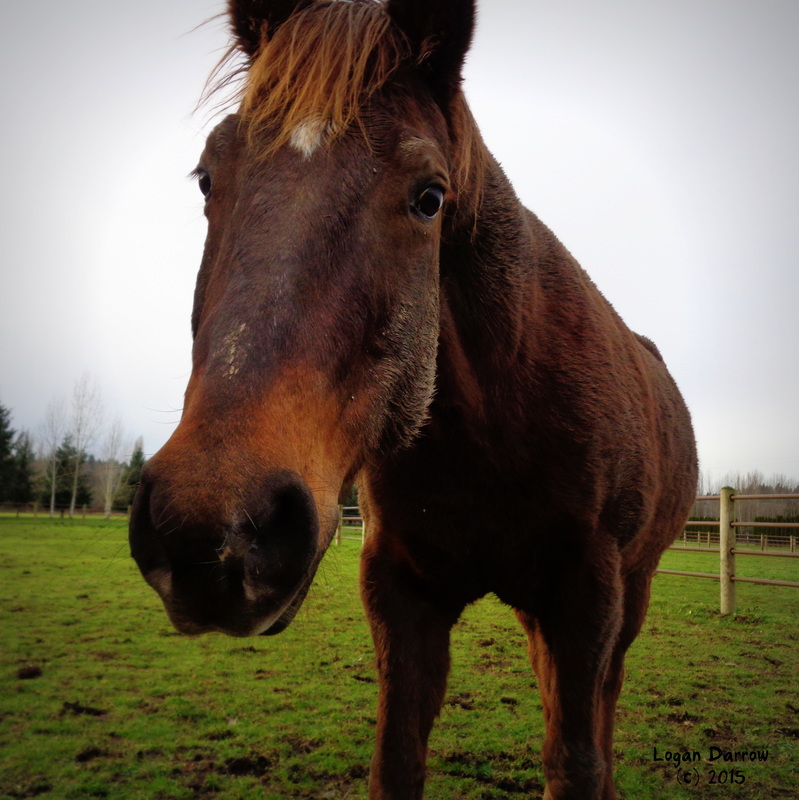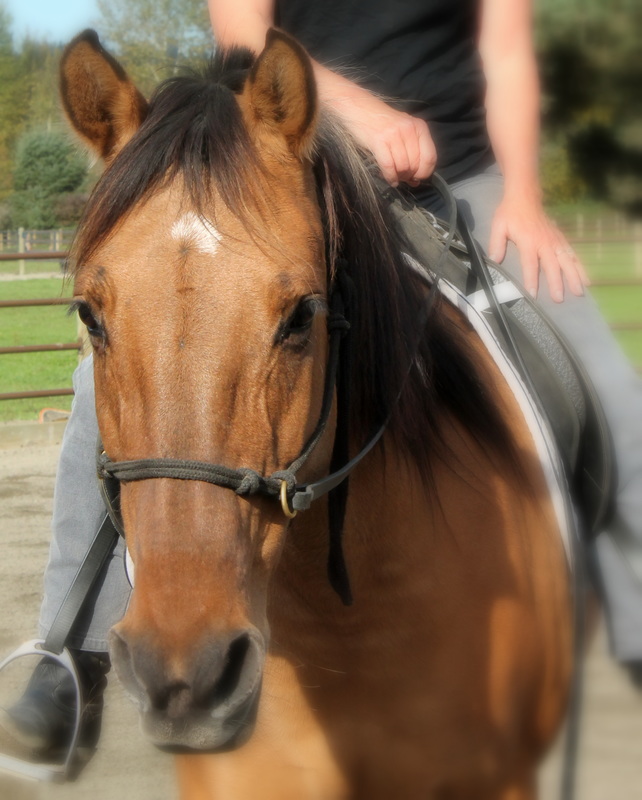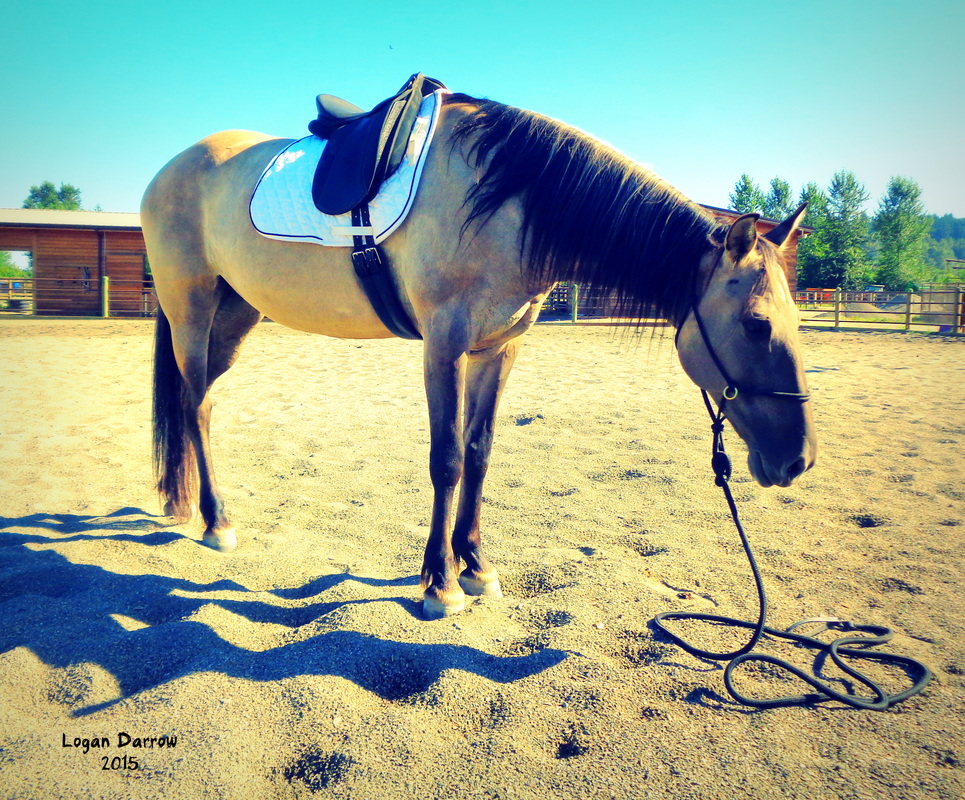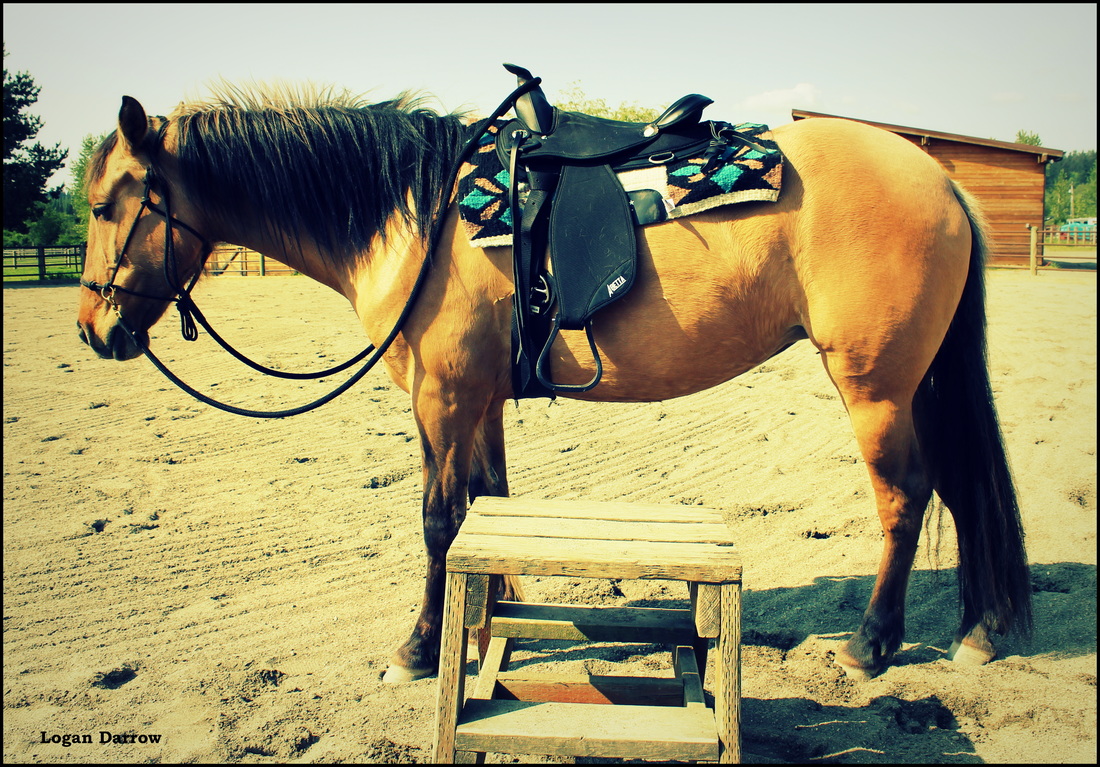Saving a Shut Down HorseCrystal Messer wanted to buy a safe, reliable trail horse, and she thought she found what she was looking for on line: a lovely big bay and white paint/draft cross named Ace. He was advertised as a horse that would willingly go out on the trail, and had even been entered in trail competitions. She was able to see photos and videos of him in action; he didn’t spook, buck, kick or rear. She was unable to travel from her home in Arizona to North Carolina in order to ride him herself, but she did all the homework she could to determine that Ace would be a good match for the lifestyle she planned to share with him. Then she experienced one of the worst things that can happen to a new horse owner; the horse that she purchased, when unloaded off the trailer at her house, bore little resemblance to the horse that was advertised. Ace meets Warwick Schiller for the first time in 2015 He was high headed and full of anxiety. He was afraid to go out on the trail alone, and refused, balked and bucked. He was not only unsuitable to be a trail horse, he wasn’t even safe to ride. Crystal put Ace up for sale, but soon became aware that his future prognosis wasn’t good news. America is glutted with horses – they are easy to breed, but expensive to keep, and as a luxury item for most people they are the first to go when money gets tight. Every year, tens of thousands of unwanted horses end up at auction, where chances are good they will be purchased by a kill buyer and shipped to slaughter houses in Canada and Mexico. As disappointed as Crystal was, she couldn’t bear for this beautiful horse to suffer that fate. He was flawed and he had issues, but she knew none of it was his fault. She wanted to ride him, not retrain him – but decided to do what she could to help him anyway. She spent a year working with him, then in February of 2015, she took Ace to a Warwick Schiller training clinic. Warwick specializes in problem horses, and she hoped he would be able to help her find some solutions. She was particularly worried that Ace would shut down when she tried to desensitize him to reduce his anxiety. The “lights would go out” whenever any pressure was put on him; he became unresponsive, as if she weren’t even there. The clinic started with a session on groundwork, and when Warwick took the rope, ran up and threw it over Ace’s back, this shut down horse exploded and dragged Warwick down the length of the arena, clearing a swath between the other horses, until they finally reached the gate. Ace's worry cup overflows. There is an old horse maxim: a quiet horse isn’t always a safe horse, but a safe horse is always quiet. Under Ace’s shut down “quiet” exterior was a horse full of anxiety ready to boil over. It was now Crystal’s mission to uncover that anxiety so he could heal. The first thing she learned was that a horse like Ace doesn’t respond to the usual desensitizing techniques, like using the rope or a flag to gradually diminish the horse’s emotional response to “scary things.” Simply put, a shut down horse doesn’t see or feel the desensitizing techniques, so they are a waste of time as long as he is in an unresponsive state. But being shut down doesn’t mean a horse CAN’T respond emotionally. What happens is the horse will suddenly notice something that he perceives as threatening – a blowing leaf, a car backfiring, a dog on the trail, a trainer throwing a rope over his back – and then all the fear explodes uncontrollably. His worry cup overflows. After the clinic, Crystal took Ace back home with a new set of tools: Warwick’s FAB exercise (Focus and Balance) as well as the technique of using the fence to stop an out of control horse. For the next year, she worked with her horse, trying to help him get better, and struggling with frustration that he didn’t seem to be making any progress. One day, months after the clinic, he bolted on the line and dragged her acoss the yard, something he had never done before. Feeling he was reverting back to the horse he was when she first got him, she shared her discouragement with a couple of friends, who were able to point out that she had, indeed made progress, and just because one day had gone badly didn’t mean that nothing was working. It was working, bit by bit, even though some days felt like one step forward and two steps back. But it was working, because Crystal had two of the most important qualities a horse trainer needs: patience and perserverance. It had been two years since Ace came into her life, but she wasn’t ready to give up yet. And then, somehow, Ace was better. Crystal couldn’t really point to one event that marked a change, she just noticed that he had become different. He was more relaxed, more in the present. She could desensitize him and get a sigh of relaxation. His personality began to emerge; one day he came up behind her on the fence, played with her hat and her hair. On another day he put his nose to hers, and they shared their breaths together. Then she decided to do something really brave: she went through the process of getting him to lay down. Many people mistakenly think laying a horse down is a way to dominate and control him, but done properly that’s not what it’s for at all. It is a process that gets the horse thinking about how to find an answer, how to get rid of that last bit of anxiety. It took several tries over a few days, but then it happened: Ace gave out a big groan, lay down, and then fell asleep. Horses don’t sleep if they’re not relaxed – Ace had finally let go of his psychological burden. A year after Ace dragged Warwick Schiller across the arena at the Arizona clinic, he and Crystal returned to participate again. Only this time, Crystal was riding her horse. The change was obvious, Ace was holding himself better, he seemed looser in his body, and alert in an interested way instead of a fearful way. He has become comfortable in his skin, and unafraid to be in the world. The two year journey that he has taken with Crystal isn’t over yet, there is still work to be done, but they are now in a place where they can be successful. Ace at his second Warwick Schiller clinic, Arizona, February 2016
1 Comment
L. Dwyer
3/17/2016 10:29:39 pm
Logan, thank you for putting this story together. It shows how much time it can take to find the relaxed horse in there and the dedication it can take to bring him out. Wonderfu well told story.
Reply
Your comment will be posted after it is approved.
Leave a Reply. |
Your email address will be kept private.
Email me directly at
[email protected] 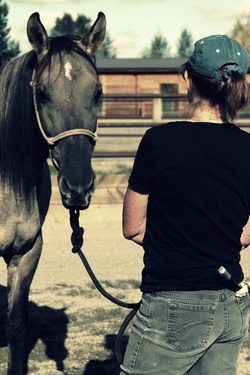
Archives
September 2018
Categories
All
|
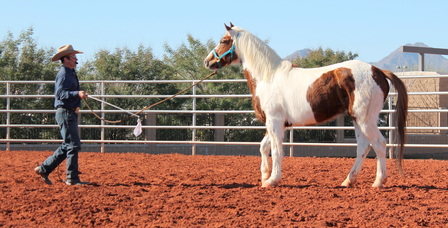
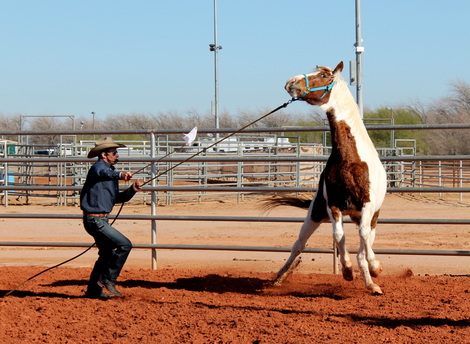

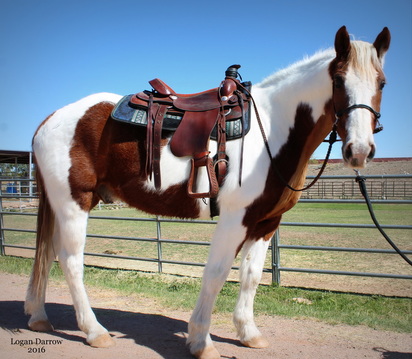
 RSS Feed
RSS Feed

